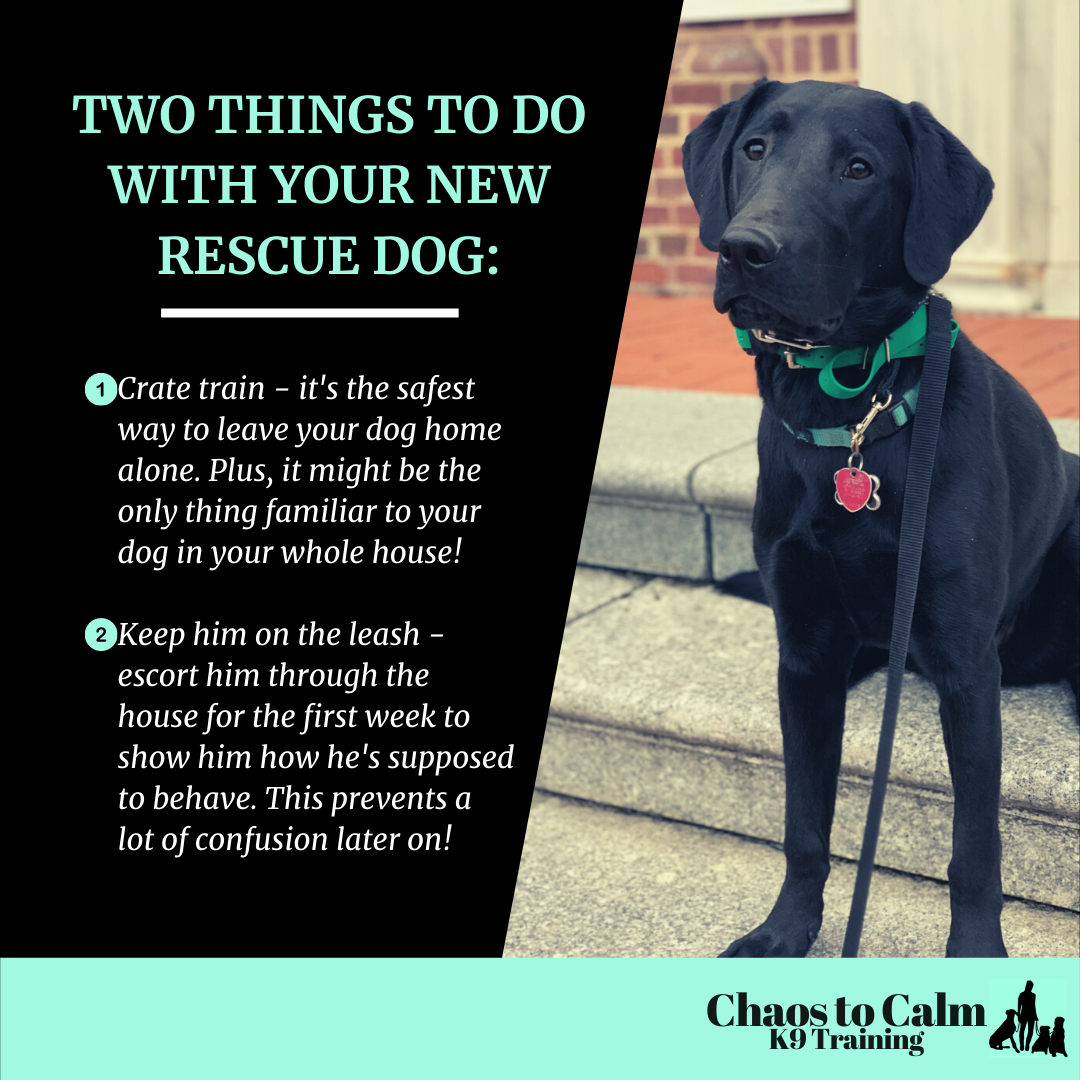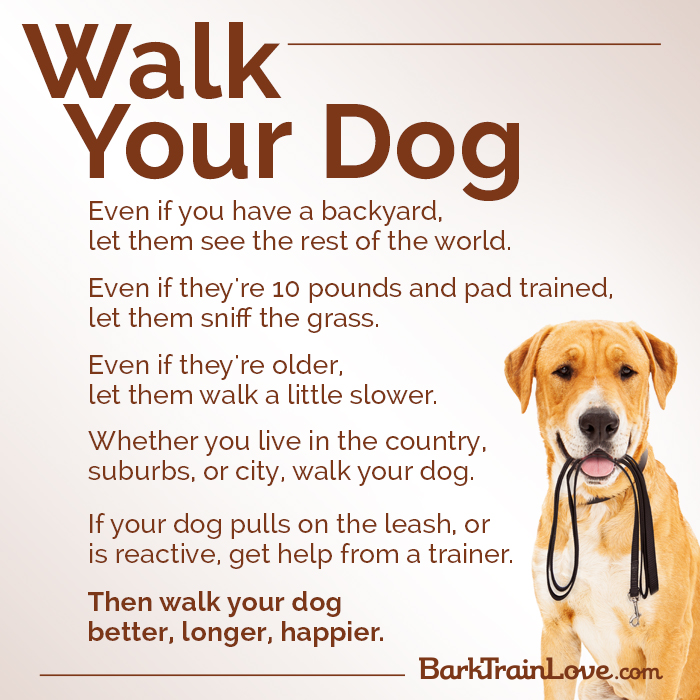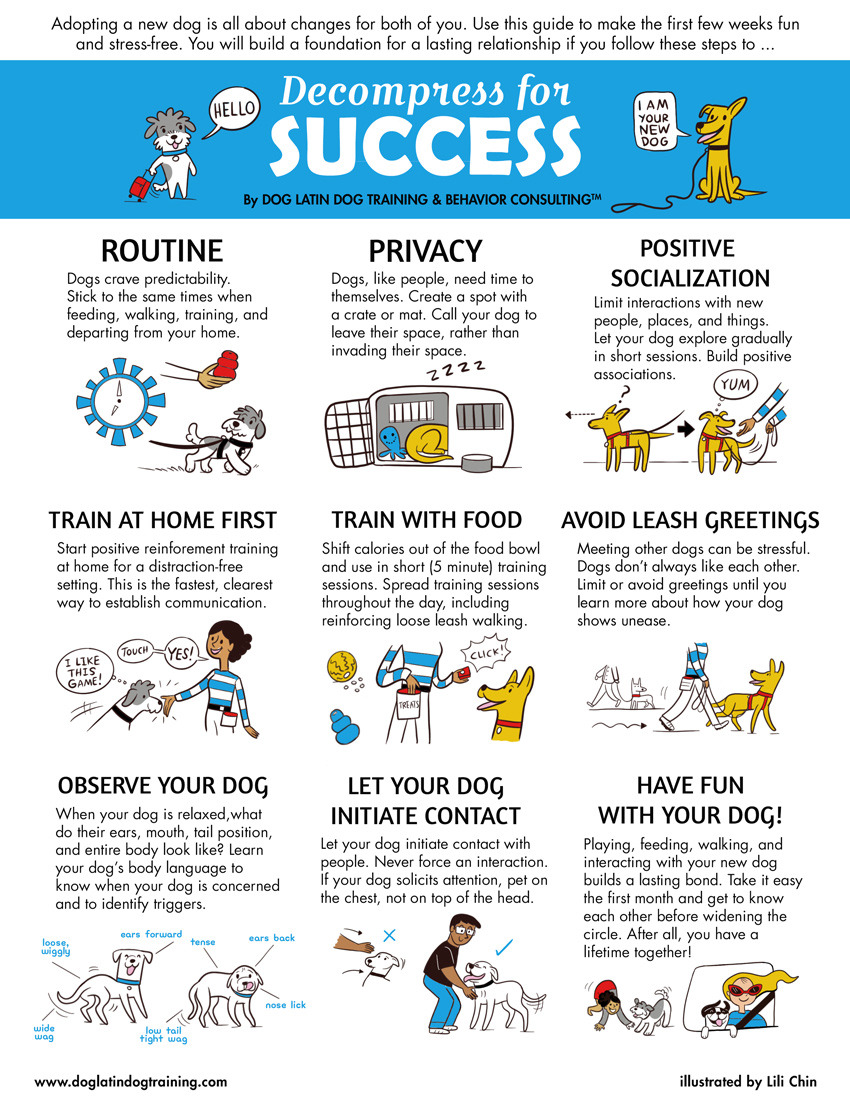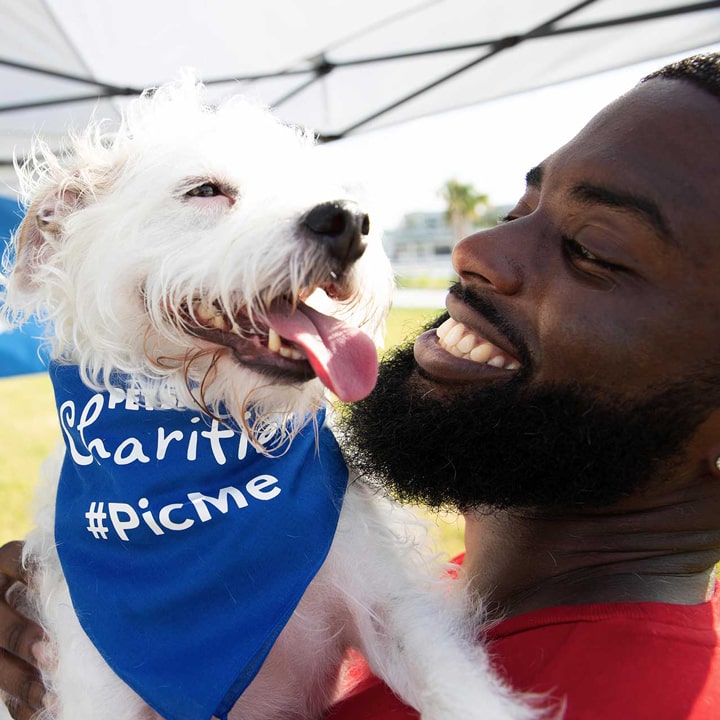The Best Training Tips for Newly Adopted Dogs

Introduction
Welcoming a newly adopted dog into your home is an incredibly rewarding experience. However, it also comes with the responsibility of helping your furry friend adjust to their new surroundings. Proper training not only ensures a smooth transition but also builds trust and strengthens the bond between you and your dog. At MyTopDeals10.com, we provide actionable insights and product recommendations to make pet ownership easier.
If you’re looking for high-quality pet accessories to aid your training journey, visit Found My Animal and use the discount code mytopdeals10 for exclusive savings.
Why Training is Essential for Newly Adopted Dogs
Training is crucial for helping newly adopted dogs adjust to their new lives. For many rescue dogs, the transition from a shelter to a home can be overwhelming. Training provides:
- Structure and security, helping them understand their place in the family.
- Behavioral guidance to prevent issues like excessive barking or chewing.
- An opportunity to build trust and confidence, especially if the dog has experienced trauma.
“A well-trained dog is a happy dog—and a happy owner.”
Start Training Early
Why Timing Matters
The sooner you begin training, the easier it will be to establish good habits. Dogs are creatures of routine, and early training helps them feel secure in their new environment.
- For Puppies: Early training lays the foundation for future behaviors.
- For Adults: While adult dogs may have established habits, they are equally capable of learning with patience and consistency.
Initial Steps
Before diving into formal training, give your dog time to explore and adjust. Let them become familiar with their surroundings, your scent, and household routines. This initial trust-building period is critical for success.
Use Positive Reinforcement Techniques

The Power of Rewards
Positive reinforcement is one of the most effective ways to train a dog. Rewarding desired behaviors with treats, praise, or play encourages your dog to repeat those actions.
- Treats: Use small, soft treats that your dog can quickly consume.
- Verbal Praise: A cheerful “good job!” can be just as motivating.
- Play: A short game of fetch or tug can reinforce good behavior.
“Rewarding your dog for good behavior fosters trust and motivates them to learn.”
What to Avoid
Avoid punitive methods like yelling, prong collars, or shock collars. These tools can instill fear, damage your relationship, and worsen anxiety, especially in rescue dogs. Focus on creating a safe, positive learning environment.
Keep Training Sessions Short and Fun
Understanding Attention Spans
Dogs, like humans, have limited attention spans. Overloading them with long training sessions can lead to frustration and diminished results.
- Puppies: Keep sessions to 3–5 minutes.
- Adult Dogs: Aim for 10–15 minutes per session.
Tips for Engagement
- Mix up activities to maintain your dog’s interest.
- Incorporate play breaks to prevent boredom.
- Use games, such as hide-and-seek or fetch, to reinforce commands like “come” or “stay.”
Establish a Routine

Why Dogs Thrive on Structure
Routine helps rescue dogs feel secure in their new environment. Consistency in daily activities minimizes anxiety and ensures they know what to expect.
Building a Schedule
Create a structured timetable for:
- Feeding: Serve meals at the same time every day.
- Walks: Regular exercise reduces pent-up energy and prevents behavioral issues.
- Training Sessions: Set aside specific times for focused learning.
Predictability makes your dog’s world feel safe, fostering better behavior and stronger bonds.
Focus on Basic Commands
Essential Commands to Teach
Start with foundational commands that improve safety and communication:
- “Sit”: Encourages calm behavior.
- “Stay”: Helps your dog remain in place.
- “Come”: Ensures they return to you on command.
- “Heel”: Teaches them to walk calmly on a leash.
Training Techniques
Break commands into small, manageable steps:
- Demonstrate the behavior (e.g., use a treat to guide them into a sitting position).
- Reward immediately when they perform the action.
- Repeat consistently until the command becomes second nature.
Pro Tip: Pair training with quality tools like those offered by Found My Animal. Use code mytopdeals10 for discounts on durable training gear.
Stay Tuned for More Insights
In the second half of this article, we’ll explore how to manage your dog’s environment, the importance of socialization, and when to seek professional help. Remember, patience and consistency are key to helping your dog thrive in their new home.
This first half balances informative content with engaging storytelling, naturally incorporating keywords, links, and images to meet SEO standards and captivate readers.
Manage the Environment

Setting Up for Success
Managing your dog’s environment is essential, especially during the adjustment period. A well-structured environment minimizes stress and helps prevent unwanted behaviors like chewing or accidents.
- Crates: Use a crate as a safe space for your dog to retreat when they need downtime.
- Gates: Block off areas that might be overwhelming or unsafe for your dog initially.
- Exercise Pens: Give them room to move while maintaining boundaries.
Preventing Unwanted Behaviors
Proactively managing the environment can:
- Reduce the likelihood of destructive habits.
- Help reinforce positive behaviors, like going potty outside or staying off furniture.
“An organized environment equals a happy, well-adjusted dog.”
Be Patient and Consistent
Why Patience is Key
Training a newly adopted dog requires patience. Rescue dogs may have experienced trauma or neglect, which can lead to slower progress. Being patient reassures your dog and builds their confidence.
Staying Consistent
Consistency is vital for your dog to understand expectations. Tips for staying consistent include:
- Use the same verbal cues for commands.
- Ensure all family members follow the same rules and routines.
- Practice training daily, even if only for a few minutes.
“Training is a journey, not a race. Celebrate small wins along the way.”
Socialization is Key

Gradual Exposure
Introduce your dog to new environments, people, and other animals gradually. Start with calm, controlled settings before progressing to busier areas like parks or dog-friendly cafes.
Steps to successful socialization:
- Observe Your Dog’s Comfort Level: If they show signs of stress, scale back exposure.
- Reward Positive Interactions: Use treats and praise when your dog remains calm or friendly in new situations.
- Avoid Overwhelming Scenarios: Introduce stimuli one at a time to prevent sensory overload.
Benefits of Proper Socialization
- Reduced fear and anxiety in unfamiliar settings.
- Better behavior around other dogs and people.
- Increased confidence, making outings enjoyable for both of you.
Seek Professional Help if Needed
Recognizing When to Ask for Help
Some challenges may require expert assistance, such as:
- Aggression towards other animals or humans.
- Severe separation anxiety.
- Difficulty learning basic commands despite consistent training.
Choosing the Right Trainer
When selecting a trainer:
- Look for those specializing in rescue dogs or positive reinforcement techniques.
- Read reviews and ask for recommendations from your local shelter or veterinarian.
“There’s no shame in seeking professional help—every dog deserves the tools to succeed.”
Practical Tips for Ongoing Training Success
Training Tools to Invest In
Using the right tools can simplify training and enhance results. Essentials include:
- Durable Leashes and Collars: Check out Found My Animal for stylish, high-quality options. Use mytopdeals10 for an exclusive discount.
- Clickers: For precision-based training.
- Puzzle Toys: Keep your dog mentally stimulated while reinforcing commands.
Creating a Bond Through Training
Training isn’t just about commands—it’s an opportunity to strengthen the bond between you and your dog. Make sessions enjoyable, celebrate progress, and always end on a positive note.
Frequently Asked Questions (FAQs)
Q1: How long does it take to train a newly adopted dog?
A: The timeline varies based on the dog’s background, age, and temperament. With patience and consistency, most dogs show progress within weeks.
Q2: What’s the first thing I should teach my adopted dog?
A: Start with foundational commands like “sit” and “come.” These create a basis for more advanced training.
Q3: How do I deal with separation anxiety in my rescue dog?
A: Gradually increase the time your dog spends alone, provide comforting toys, and avoid making departures or arrivals a big event.
Q4: Can rescue dogs learn new tricks?
A: Absolutely! Dogs of all ages can learn new tricks with the right approach and positive reinforcement.
Conclusion: A Rewarding Journey
Training a newly adopted dog is a journey filled with challenges, triumphs, and moments of joy. By using positive reinforcement, staying consistent, and managing their environment, you’re setting your furry friend up for a happy, secure life.
Ready to enhance your training experience? Visit Found My Animal and use mytopdeals10 to invest in premium pet accessories that support your dog’s success—and contribute to a meaningful cause.

Every step you take builds trust, strengthens your bond, and helps your dog thrive. Together, you can create a future filled with love and adventure.


